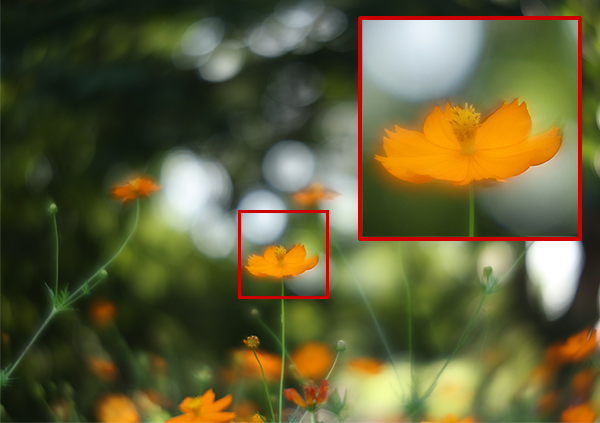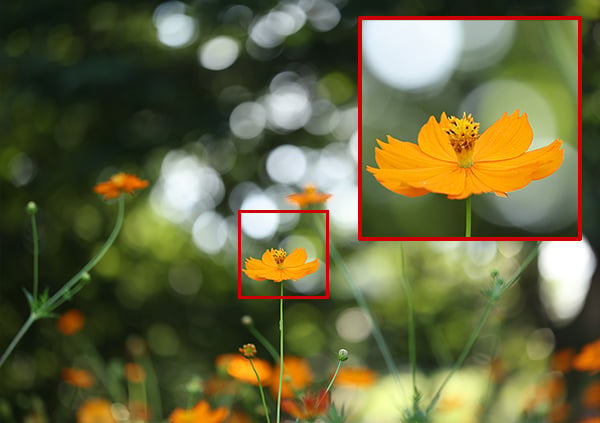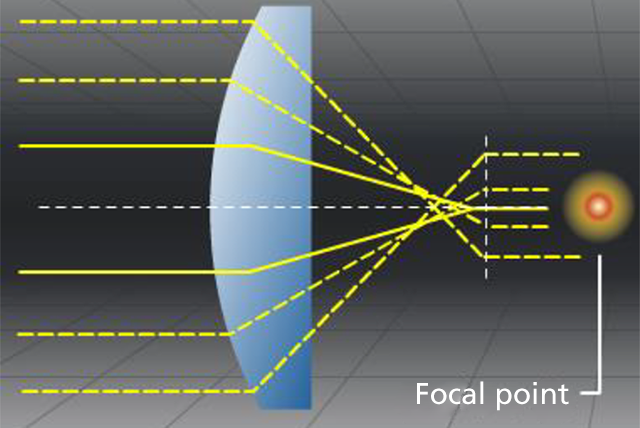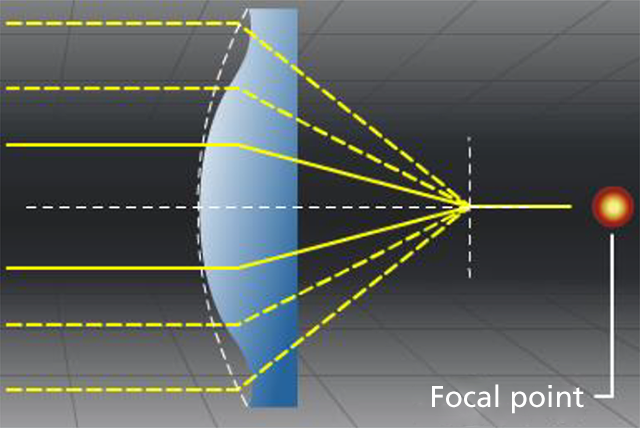How Aspherical Lenses Fix Aberrations and Improve Sharpness
What is an aspherical lens and what does it do? Canon has shared a video that explains the problems engineers face in lens design and how the company solved them using aspherical lenses.
Canon recently celebrated the 50th anniversary of its aspherical lens technology through a new exhibit in its virtual Canon Camera Museum. The aspherical lens exhibition has multiple articles and videos on aspherical and fluorite lenses as well as interviews with project members who discuss the development of the EOS and EF lenses.
Canon says that aspherical lenses have long been known to effectively correct for the various types of lens aberrations that can occur in optical design as well as improve overall image quality. These days, aspherical elements are pretty ubiquitous and can be found in lenses ranging from entry through professional-level optics from a range of manufacturers.
Below are two photo exapmples, one that is shot with a spherical lens and the other taken with an aspherical element:


Canon explains that conventional lenses have a curved surface that is like a slice of a sphere, hence the name “spherical” lens. There are issues with this design, however.
“Compared to light rays passing through the center of a spherical element, rays entering from its peripheries must travel a longer distance in order to reach the image plane, resulting in the light rays converging at different positions,” Canon explains. “This causes an effect known as spherical aberration, where point light sources “blur” instead of being rendered as points.”


Spherical lenses also have issues with distortion.
![]()
Aspherical lenses were known to correct these issues, but even though the supposed benefits of aspherical lenses was known, manufacturing such lenses was considered extremely difficult for a very long time. Canon says that it was challenging to achieve the precision needed in order to control the curvature at the submicron level (1/10,000th of a millimeter). Aspherical lenses were so hard to make that they were referred to as “dream lenses.”
Over half a century ago in 1971, Canon finally released an interchangeable lens for SLR cameras that included aspherical lens elements. Since then, the company has continued to refine processing methods and precision technology and says that it has been part of spearheading the constant improvement of image quality via aspherical lenses.
A great deal more information about aspherical lenses and Canon’s implementation of them in its lineup over the years can be found in the special exhibition on aspherical lens technology in the digital Canon Camera Museum. Within, Canon also has a great explanation of the capabilities of fluorite glass. All the information and videos are free to peruse.
Image credits: All images provided courtesy of Canon.
from PetaPixel https://ift.tt/3Az31gV
via IFTTT
Comentarios
Publicar un comentario